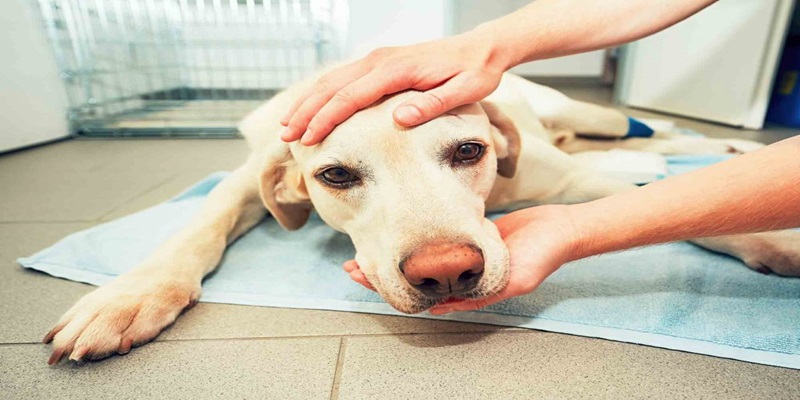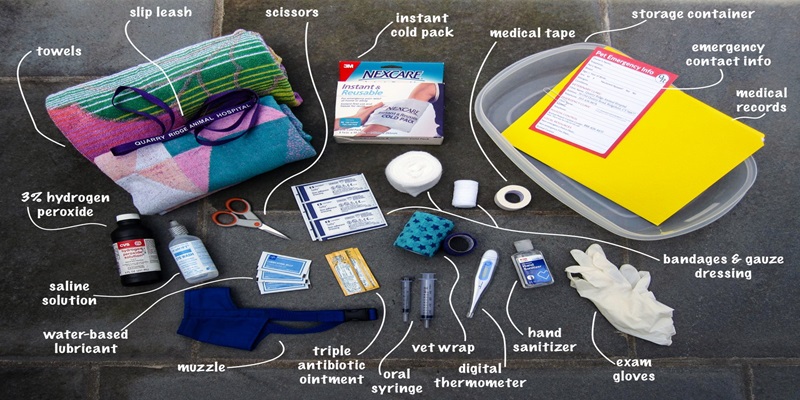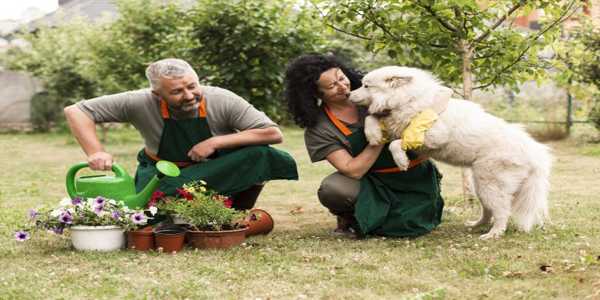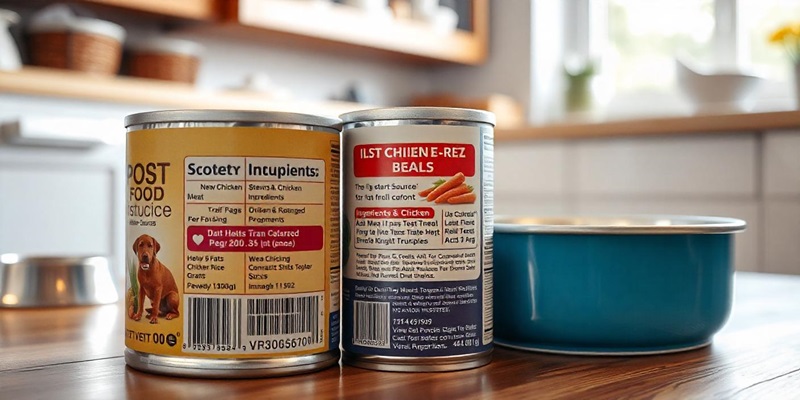Safeguarding Your Pets: Essential First Aid at Home
Being a responsible pet owner includes knowing when your companion animal may need emergency medical attention. The ability to recognize an emergency can be the difference between the life and death of a dear family member. Your quick response could ensure they get the help they need when it matters most.
Common Signs of Pet Emergencies
Watch out for these warning signs that your pet requires immediate attention:
Labored breathlessness or inappropriate cough
Severe bleeding or trauma
Sudden collapse or cannot stand
Seizures or convulsions
Severe drowsiness or unresponsiveness
Severe vomiting or diarrhea, particularly with blood.
Swollen or distended abdomen
Signs of severe pain-whining, trembling, reluctance to move

When Immediate Action is Required
If you notice any of the above symptoms, stay away. In most cases, time is of the essence when dealing with emergencies. Immediately call your vet or visit the nearest animal emergency hospital. As you wait for help, you might be forced to use some simple first aid to stabilize your pet.
Preparing for Emergencies
Preparation will help you stay calm and act accordingly in an emergency. Keep a pet first-aid kit handy and learn some basic first-aid care. Remember, your initial care is valuable, yet it is never a substitute for immediate professional veterinary care in a serious emergency.
Preparing a Pet First Aid Kit for The Home

Preparation for pet emergencies is essential for any pet owner. A stocked first aid kit can be a lifesaver while giving the immediate care that your fur buddy requires. Here is how to assemble a complete pet first aid kit for your home:
Materials Needed
Use essential equipment like sterile gauze pads, adhesive tape, and scissors. Since animals' normal body temperature is different from humans', a digital thermometer would be explicitly used for them. Add tweezers for removing splinters or ticks and latex gloves for protection when attending to an animal.
Medications and Treatments
Supply it with antiseptic wipes for cleaning around the wound, antibiotic ointment, and saline solution. Also, store any medication your pet takes, including activated charcoal, which should only be used under a veterinarian's supervision in case of poisoning. And for those outdoorsy trips with your buddy, don't forget a little bottle of insect repellent that works for pets.
Documentation and Contact Information
Place a copy of your animal's medical records, vaccination history, and current photograph in the bag in a waterproof container. Attached is a list of contacts: your veterinarian, the closest 24-hour animal hospital, and a pet poison control hotline. This could mean the difference between life and death in an emergency when every second will count.
Common Pet Injuries: Cuts, Burns, and Fractures

Treating Cuts and Scrapes
If your pet has cuts or scrapes, address them immediately to prevent infection. Clean the area with warm water and mild soap. Remove any loose debris. An antiseptic solution will work fine for superficial cuts covered with a nonstick bandage. Apply direct pressure over deeper cuts to staunch bleeding while on your way to immediate veterinary attention.
Burn Management
If your pet develops a burn, cool the affected area with room-temperature water for 10-15 minutes. Do not use ice or very cold water, as this will increase the damage to the tissues. Apply pet-safe antibiotic ointment to minor burns. Place a clean, moist cloth on the area for significant burns, and take your pet to a veterinarian immediately.
Dealing with Fractures
Handle suspected fractures as delicately as possible. Do not move the animal unnecessarily to avoid making the injury worse. If possible, gently support the injured limb by covering it softly with a towel or blanket. In the case of an open fracture where the bone protrudes from the skin, cover the exposed bone with a clean, wet cloth. Transport your pet to the veterinarian immediately for further treatment and pain management in all suspected fractures.
Responding to Poisoning and Allergic Reactions

Recognizing the signs, poisoning, and allergic reactions rank among the most frightening emergencies in pets. Look out for unmistakable signs like excessive drooling, vomiting, diarrhea, difficulty breathing, or if they suddenly seem to act "crazy." These may indicate your pet is ingesting something toxic or having an allergic reaction.
Immediate Interventions
Poisoning Suspect: Never induce vomiting unless instructed to do so by a veterinarian. Clear the environment of the remaining toxic substances. If you suspect an allergic reaction or swelling of the face and throat, contact your vet or an animal poison control center immediately.
Create a Pet-Friendly Zone
Prevention is always better than treatment. Household cleaners, medicines, and toxic plants should be kept well out of your pet's reach. Learn what common allergens-food, pollen, or insect bites-could cause an allergic reaction in your pet. Continuously inspect your home and yard for hazards that may pose a threat.
Building an Emergency Kit
Prepare an animal first aid kit with items like activated charcoal for poisoning only if the vet recommends it, antihistamines for slight allergic responses if the vet suggests them, and phone numbers for emergency use. These things make the biggest difference when needed.
Safeguarding Your Pets: Essential First Aid Techniques
Checking on Conditions
When your pet has an emergency, keeping cool is essential. Breathe profoundly and at once estimate the situation. The pet is conscious if they are breathing normally, have visible injuries, or show any sign of distress. Sometimes, your calm will affect your pet's Comfort, too. Basic First Aid Steps ABC: Airway, Breathing, Circulation Clear a pet's airway first. Then, if their pet is breathing: if not, start rescue breaths. Give chest compressions to larger animals that have no pulse. Bleeding: use a clean cloth and firm pressure.
Making a Pet First Aid Kit
Assemble a first-aid kit for pets; get one ready, if possible. It should contain gauze, nonstick bandages, tweezers, and a digital thermometer. Consider adding pet-safe disinfectant and any prescription drugs that may be required for your dog. Store it conveniently and refresh it from time to time. When to Seek Professional Help? While home care is essential, learn to recognize when veterinary attention is called for.
Severe bleeding, inability to breathe, and ingestion of poison require immediate professional attention. Always have your veterinarian's contact number available and learn the location of the nearest 24-hour animal hospital for after-hours emergencies.
Empowering Pet Parents for Emergency Care
Learning basic first aid for your pets is essential in protecting family members. Remember that in any emergency, keeping calm and assessing the situation carefully is always important. If in doubt, always call your veterinarian. Keep your pet's first-aid kit full and easy to access. Practice preventive care: regular checkups and a safe home. Preparation and knowledge will instill confidence to deal with your pets' most active potential health problems.


16 Proven Tips for Keeping Your Pet Happy and Healthy

How To Build A Pet-Friendly Garden: Safe Plants And Features For Pets

Travelling with Pets: How to Make it a Stress-Free Adventure?

Pet Nutrition 101: What Ingredients to Look For in Food Labels
